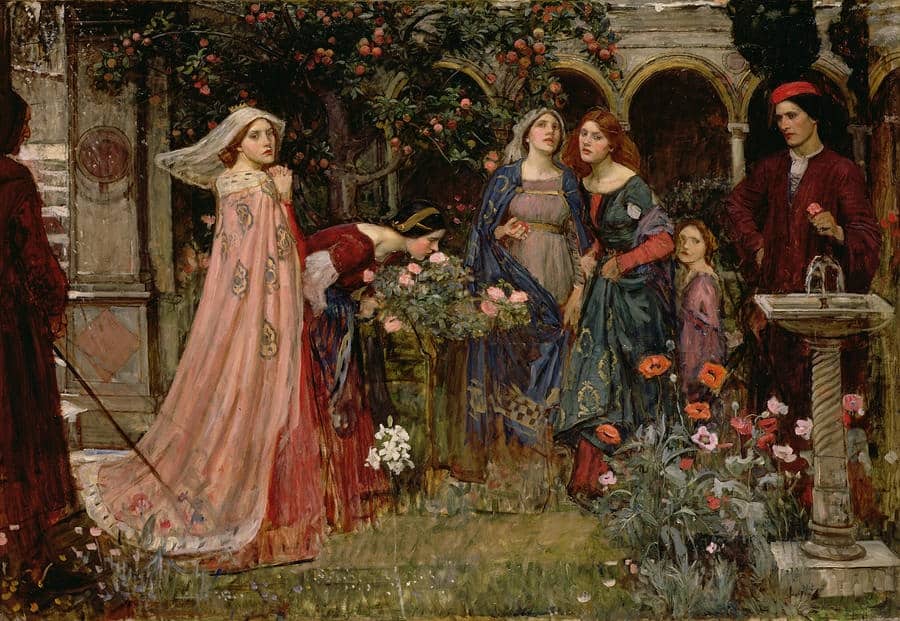Throughout history, in medieval times what and how people ate and how their food was prepared was obtained, even what kind of food it was, dependent on their position on the social ladder. It depended upon how much money they had. Most people did not have very much. Wealth was concentrated in the hands of a few. There was no equivalent of a middle class at the beginning of the period. There was also little knowledge of such things as nutrition and diet. Stoves were non-existent, and for many, the only utensils available for cooking were a kettle and a spit over an open fire.

Bread was the staff of life, though it was usually grainy, made of coarse flour and sometimes unleavened. There was milk, from cows, sheep, and goats, usually reserved for consumption by children, or made into cheese for preservation. From their own harvests, people learned to preserve grains by brewing them into beer and ale. Their wealthy compatriots made wines and liquors. Everyone ate heavily of meat, except on those days the church calendar forbade the consumption of animal flesh. Nearly one-third of the year carried such proscriptions. Here are some of the quirkiest food habits- including food and drink- during the Medieval period.
1. Eating local was a necessity, rather than a social phenomenon

A person’s diet was based on the same rule which dominates the real estate industry centuries later; location, location, and location. Besides being seasonal, available food depended on the region in which one resided. In less populated areas where game was available, it was often the center of the menu at dinner. Anything which lived in the woods or flew in the air was considered game. There are recipes for robins, and their eggs, from the medieval period, which were old then. Swan was a delicacy on the tables of the wealthy. On many estates in England and in Europe, deer were considered the property of the landowner, and tenants could be punished for killing them. But rabbits and squirrels were fair game.
Beef became a feature of the meals of the wealthy but the less fortunate could not afford it, nor did they have the means of preparing large cuts of beef on their smaller hearths. They subsided on much smaller meats, rabbits, squirrels, rodents; and birds such as pigeons, robins, larks, and doves. Chickens were valued for their eggs and seldom killed for the plate in the early medieval period, it was far more likely for poultry to be in the form of geese or duck. Often they too were the property of the landowner, and the tenant who killed them faced severe punishment including branding or maiming, for the sin of having roasted duck for his families dinner.

